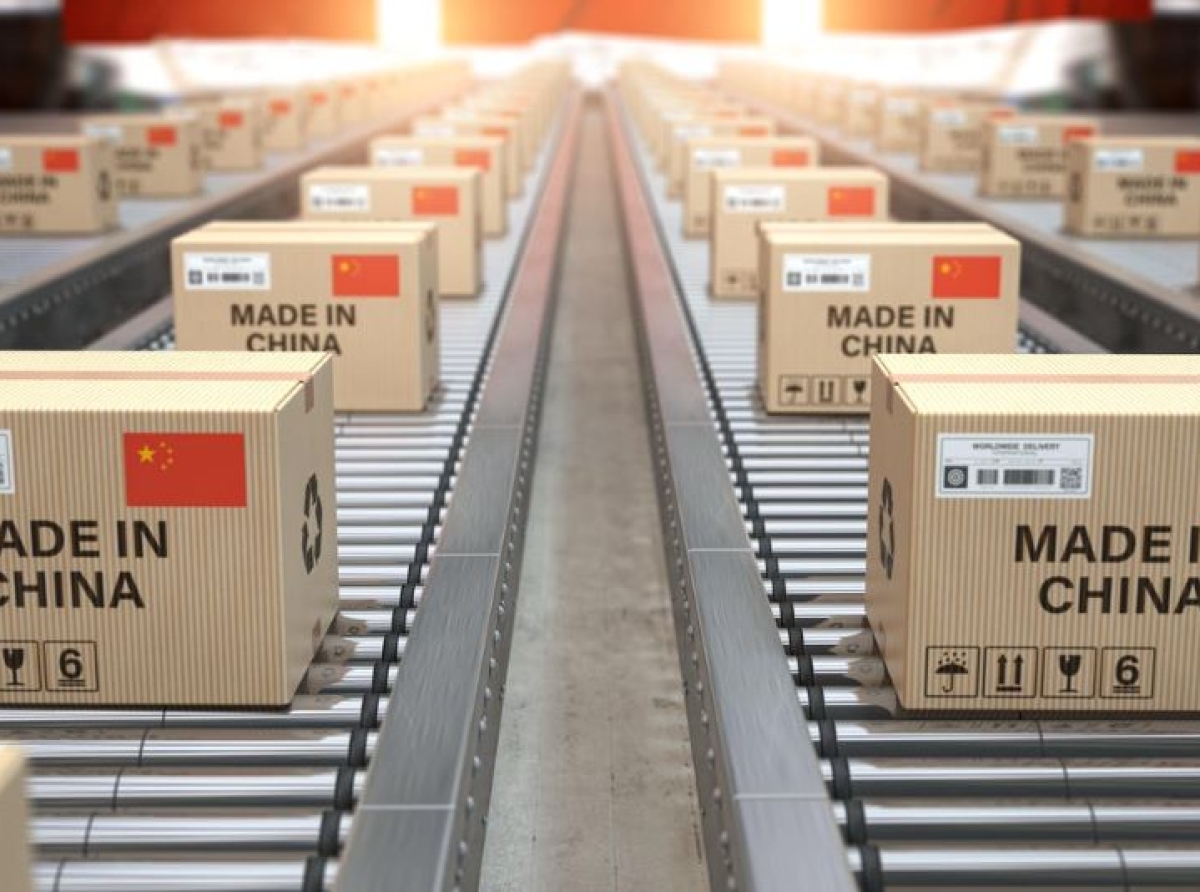Rising concerns around China dumping cheap clothing in Indian Apparel Industry

20 October 2022, Mumbai:
An interesting anecdote is that during a recent trip, Nirmala Sitharaman, the Hon'ble Finance Minister, told interacted on a platform bringing to the fore how inexpensive but dangerous goods made in China are hurting Indian business on day to day basis.
She also alluded to probing inquisitively there asking why they don't invest in producing the goods that are generating such high profits in our own Indian markets. Emphasizing, how a nation's economy shall stand to gain from this conscious phenomenon even if the profit pool is tiny in the early curve.
"Eventually unambiguously Atam Nirbharta will derive dividends/profits providing jobs for our citizens and in turn building the nation's economy avers Sitharaman. Small Indian firms have always struggled with cheap imports from China, but in recent years, these imports have unfortunately transitioned from low-value, low-cost goods like toys and crackers to high-value goods like electronics to add to the woes.
Sitharaman is made a case here outlining underlying assurance that the government is committed to providing Indian enterprises with all the assistance they need to revitalize and nourish making them through the period less dependent on the neighboring nation with healthy competition.
Further, she highlighted her growing concerns/worry about why products, from staple daily use products to consumables to even the Lord Ganesha idols that we adore and widely worship, are all being imported from China rampantly.
Not Without Its Challenges
This is on the back of sustained face off and heightened border tension escalated after soldiers from both nations engaged in combat along the Line of Actual Control (LAC) in Ladakh, which resulted in the casualties of more than a dozen of Indian Army men, pushing India imposing an unofficial import restriction on Chinese goods and products. Except for commodities ordered by US and South Korean businesses, all imports from China are now subject to 100 percent manual inspections by the Customs Department at points of entry such as ports and airports alike.
If India's unofficial embargo on Chinese imports persists, the clothing sector may see serious consequences. Manufacturers eagerly expect consignments of items, including machine components, buttons, sewing machines, metal accessories, and replacement parts, mainly imported from the neighbor and trade is on a roller coaster ride.
Tiruppur District | Textile City
Expressing the perspective of the existing export the view was shared by P Nataraj, MD of KPR Mills, Tirupur's leading exporters of apparel and yarn including having diversified into the local market. "Our buyers have informed us that sourcing from India would be significantly more prevalent this year than last.
But there is a flip side to it too out of clouds of uncertainty there are reports that European apparel brands/retailers have delayed offtake/cancelled orders to be procured from Tirupur/Noida as recessionary concerns rise in the EU region on the back of energy price crisis.
For instance, Tirupur, a significant garment hub, relies on China for 90% of "critical accessories," such as sewing machines, fasteners, needles, lapel pins, buttons, and fabrics. The Tirupur Exporter Association's Raja Shanmugam remarked in one of the interactions.
State of affairs
China’s apparel exports to India increased by two and a half times in August 2022 compared to March 2022. There is a case for highlighting in the article that the high cost of India's manufacturing and ultra-cheap garment flooding by China is only exacerbating the pains of India's apparel sector.
The trend is important as it indicates that more and more Indian buyers are importing cheaper Chinese garments. The steep rise in imports of cotton garments from China is seen as the main cause of low demand in the entire textile value chain in the country.
All items in the garment category are being imported as they are cheaper than garments made in India. If garments are imported from China, nobody buys yarn or fabrics. Therefore, demand is not improving even during the festival season.
Monthly garment imports from China to India have increased consistently during the last six months. Garment exports from China grew in July 2022 over June 2022 when the US banned cotton and cotton products originating from the Xinjiang region of China.
Cotton and yarn prices declined in the Chinese market after the ban. Of Chinese apparel exports in the first half of 2022, trousers and shorts contributed 22 percent to the total supply. Jackets and blazers had an 18 percent share, accessories 15 percent, socks seven percent, and dresses five percent, to say the least.
Latest Publications

































